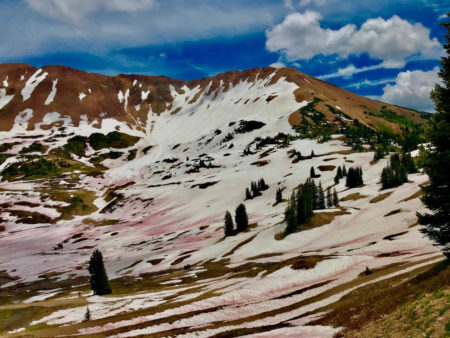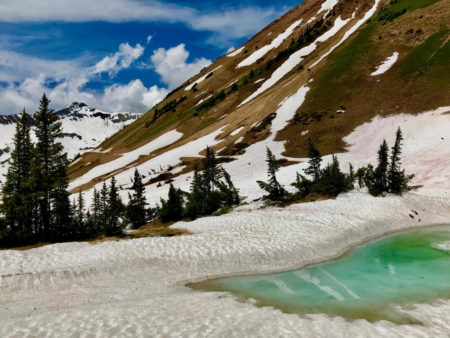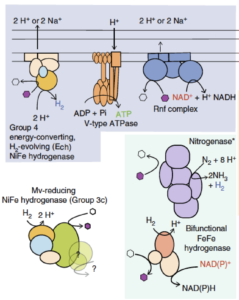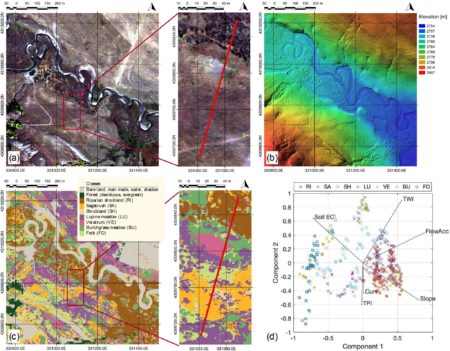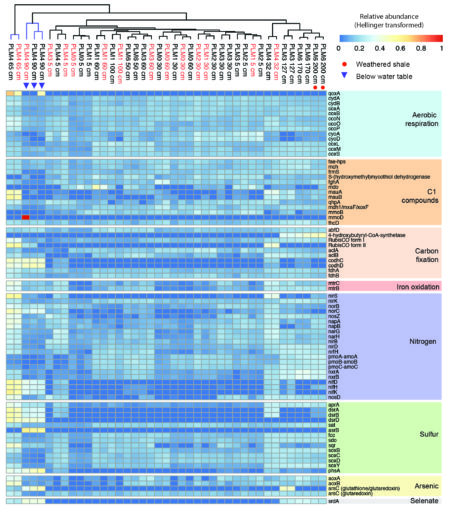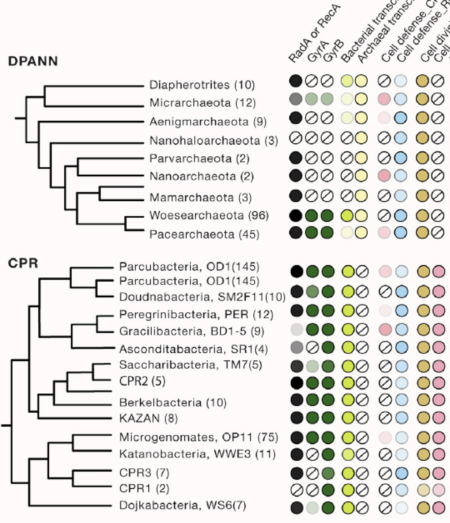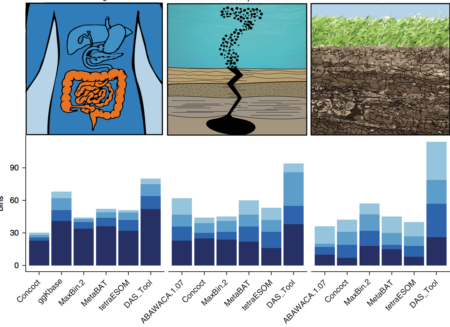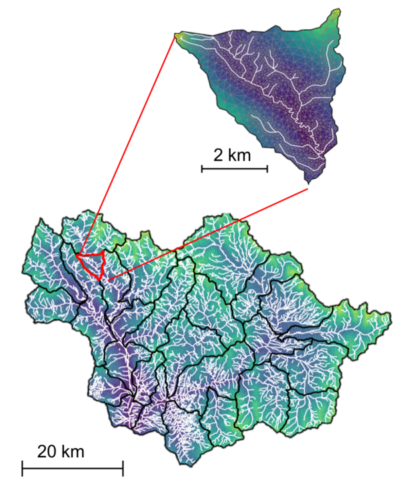
The ExaSheds project is the first-ever systematic effort to advance powerful machine learning and Exascale computing to transform our ability to predict watershed behavior and increase the use of ever-larger and more-complex data obtained from watershed field observations.
Carl Steefel leads the new ExaSheds project, which will develop groundbreaking capabilities critical for transforming our ability to predict how watersheds are responding to a rapidly changing environment. It is expected that the developed ExaSheds capabilities will be useful at the East River watershed site as well as to watersheds throughout the world. Read more »
